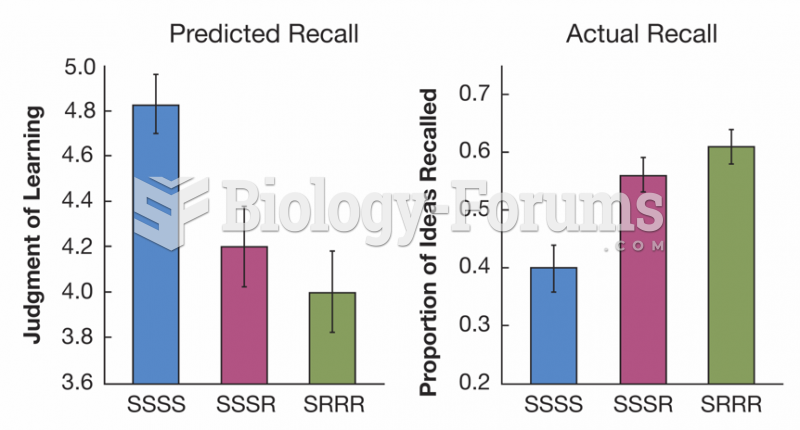This topic contains a solution. Click here to go to the answer
|
|
|
Did you know?
When intravenous medications are involved in adverse drug events, their harmful effects may occur more rapidly, and be more severe than errors with oral medications. This is due to the direct administration into the bloodstream.
Did you know?
Thyroid conditions may make getting pregnant impossible.
Did you know?
A good example of polar molecules can be understood when trying to make a cake. If water and oil are required, they will not mix together. If you put them into a measuring cup, the oil will rise to the top while the water remains on the bottom.
Did you know?
Medication errors are more common among seriously ill patients than with those with minor conditions.
Did you know?
The ratio of hydrogen atoms to oxygen in water (H2O) is 2:1.







